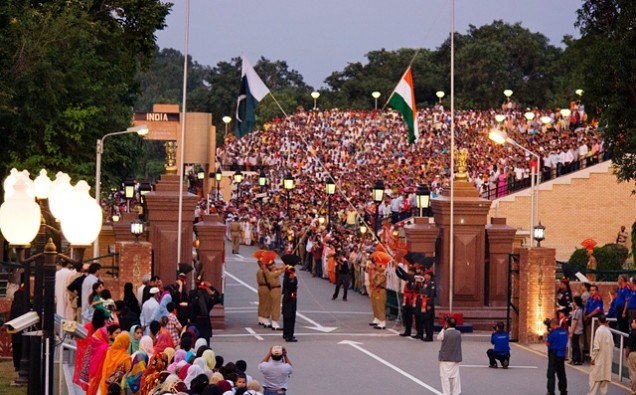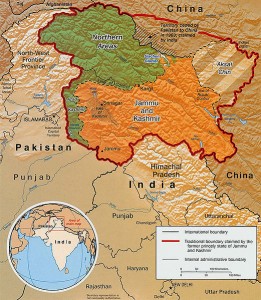
Indian Prime Minister Narandera Modi was not in attendance when his Pakistani counterpart presented a four-point formula at the United Nations to reduce tension between the nuclear-armed neighbors, emphasizing the imperatives of addressing the core dispute of Kashmir for a lasting peace in South Asia.
Prime Minister Nawaz Sharif will be on his way back home, when India’s External Affairs Minister Sushma Swaraj will likely respond to Pakistan’s peace plan on behalf of Modi who left even before Sharif spoke.
Sharif and Modi were in the same city for several days but did not meet. And when they eventually came across at the U.N. peacekeeping summit, they merely waved at each other, triggering a duel between the Indian and Pakistani media as to who “gave in” first.
Given such a dismal state of affairs, will Sharif’s peace initiatives work?
But then, there is no constant in diplomacy. The world peace would be doomed if India -Pakistan tensions are allowed to escalate. A recent study this year concluded that any nuclear exchange between them would bring unimaginable destruction for two South Asian neighbors.
“South Asia needs strategic stability and this requires serious dialogue to achieve nuclear restraint, conventional balance and conflict resolution,” Sharif said in his speech to the world body which, he said, was guilty of “persistent failure” by not being able to address the root cause of dispute between the two countries.
Listing his proposals in the order of “simplest to implement”, Sharif said the two countries should formalize and respect the 2003 understanding for a complete ceasefire on the Line of Control that divides the disputed Himalayan region of Kashmir between the two which both claimed in its entirety.
The 2003 ceasefire has largely held until recently when cross-border firing intensified and killed innocent people on both sides. Amid a ritual blame-game as to who fired first, Sharif’s proposal to give an extended role to UNMOGIP to implement the ceasefire makes sense.
Sharif’s second proposal on the list is the pledge by both not to resort to the use or the threat of use of force under any circumstances. No sane persons will dispute or oppose this, especially so when both countries are nuclear-capable.
The proposal to demilitarize Kashmir, third on the list in terms of doable, is though not new but is perhaps the most important and tough one as it talks of a solution of a dispute that was the cause of at least one of the three wars the two have fought since their liberation from British rule in 1947, in addition to being at the heart of countless skirmishes.
Pakistan’s former military ruler Pervez Musharraf had first floated the idea back in 2004, when he proposed to demilitarize the region and change its status. Two years later, he went a step further by identifying three “key towns” – Srinagar, Kupwara and Baramullah – all in Indian-administered part to demilitarized first.
India had rejected the proposal then. It will likely do it again.
Last on the Sharif’s list was unconditional mutual withdrawal from Siachen, the world’s highest battleground where more soldiers have been killed by biting cold than bullets. Many a times the two sides came close to solving the dispute on Siahchen, which, according to some analysts, has little strategic value, which began after Indian army took the ridge line above the Siachen glacier in 1984.
Which of the four should come first, the two sides can mutually decide as long as the ultimate aim is to achieve lasting peace.
The question is if Modi will adopt the path of dialogue and resume peace talks with Pakistan, which he suspended last year unilaterally. The other question is will Washington and other friends of the two countries support resumption of the peace process. Bilateralism will demand courageous leadership, immediate revival of diplomacy and public outreach.















